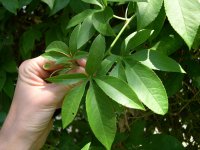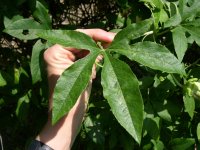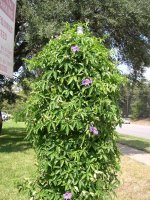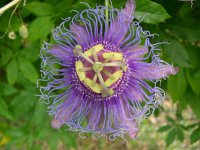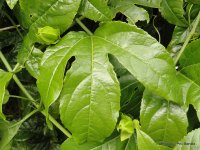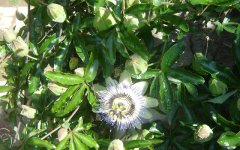fred green
Rising Star
I bought an incarnata at lowes, in ontario 2 weeks ago. It was in a hanging planter with a price tag of 35 bucks. I asked for a discount,and the lady gave it to me for $7.91 HST in.I repotted right away,and its coming back because it knows I love it. I always drink passionflower ginger honey tea with my mimosa rue aya. I feel it adds calm and euphoria.
I made a mistaken ID as incarnata. The give away was that the petiole is on the leaf stem
not at the base of the leaf.
What I have is a passiflora amythest,a cross between a caerulea and a kermisina.
It is looking a little rough ,but it will come around.
I made a mistaken ID as incarnata. The give away was that the petiole is on the leaf stem
not at the base of the leaf.
What I have is a passiflora amythest,a cross between a caerulea and a kermisina.
It is looking a little rough ,but it will come around.





